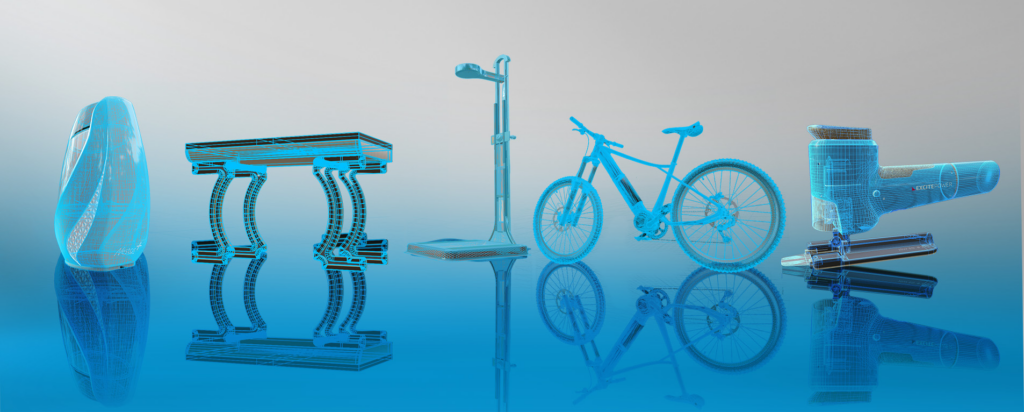Sustainable development makes a positive impact.
When it comes to developing new products, manufacturers consider consumer needs at the forefront when defining requirements – even more so for products for the home. Seventy-seven percent of consumers surveyed said they want more sustainable choices for their home and would change their purchasing habits to help the environment. The same study confirms consumers will pay more for sustainable products with 49% of those surveyed revealing they paid an average of 59% more for products branded as environmentally sustainable or socially responsible. (IBM / National Retail Federation 2020). Eco-friendly product development can be a competitive advantage for manufacturers
How Do You Simplify Eco-Friendly Product Development?
To satisfying their customer demand and meet corporate goals to lightening their company’s environmental footprint, engineers and designers developing new (or improving existing) products for the home now integrate sustainability into product development from the early concept phase.
Combining virtual twin technology with Life Cycle Assessment solutions on the 3DEXPERIENCE® platform during product development offers new ways to meet sustainability requirements in the early phases. Designers and engineers have greater insight and can make better decisions. Decisions made early –before building a physical product— avoids waste and allows companies to build better products. That’s because understanding the impact of decisions (on resources, processes and product performance) allow better tradeoffs to be made and avoid wasteful mistakes. Additionally, as manufacturers apply the life cycle assessments across the full product lifecycle they can make improvements, like:
- reducing the amount of resources used during production;
- using more sustainable materials;
- designing to repair to support a circular economy; and more.
Dassault Systemes sustainability expert, Hrishi Mohan works with consumer goods companies to implement eco-friendly product development. He and his team developed the products demonstrated in a new initiative, The Positive Home Project. Watch a 10 minute video interview between Mohan and Sustainability Marketing Director, Jonathan Dutton, to learn how the team used virtual twin technology and lifecycle assessment solutions to demonstrate what’s possible in sustainable development. Mohan wants the The Positive Home Project to inspire consumer goods manufacturers to help their business and the environment. He believes any manufacturer developing home goods that marries sustainability and development reaps triple the reward by helping the environment, the consumer and the bottom line.
Introducing: The Positive Home Project
The Positive Home Project demonstrates sustainable practices for product development and manufacturing. An interactive website featuring a 3D model of a home and five home products ranging from an ebike to a modular table, The Project provides application stories and interactive 3D models to explore of the five home products that highlight options for sustainable development. An environmental footprint calculator allows visitors to compare the scores of the five products before and after, the sustainable improvements made using the 3DEXPERIENCE platform ® and industry solutions for Home & Lifestyle companies with the application of the Lifecycle Assessment tool (Sustainable Innovation Intelligence).

Stay Ahead of Environmental Regulations
In addition to meeting consumer demand for healthier products, environmental compliance teams also work to stay ahead of ever changing regulations for manufacturing. Laws regulate everything from the types of chemicals, and the amount of land and water used in production. Manufacturers that integrate Sustainable Product Innovation, lifecycle assessment (LCA) data with virtual twin technology across the product lifecycle can continuously improve against sustainability goals. It is possible to use intelligent innovation to minimize the environmental footprint of a product at every stage of its lifecycle –from raw material extraction to product design choices, through packaging, last mile delivery and repair and disposal after the sale. Using an approach that includes sustainability requirements streamlines the development of high quality products that meet consumer demand for more eco-friendly home products.

